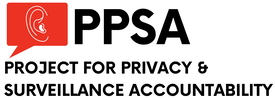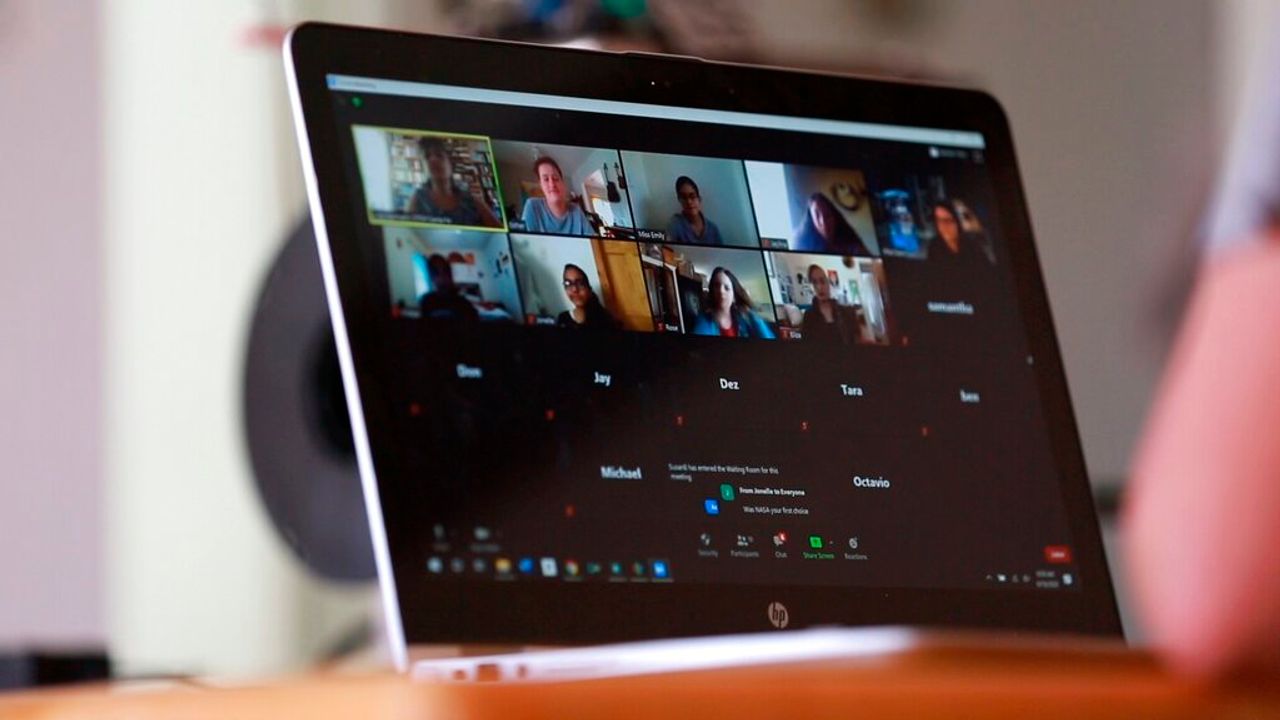|
From Google to Gong, the names of digital companies can be enough to make one giggle. Gaggle, however, is no laughing matter.
This digital surveillance company is enjoying rapid growth by offering school districts the ability to monitor the emails, class assignments, chat messages, attachments and personal writings of students who sign on to school accounts. Gaggle’s algorithm subjects student content to keyword searches that spit out results for profanity, references to pornography, suicide and violence. These results are sent to administrators, who often act out of alarm before understanding the linguistic and situational context of words that have been redflagged. That this system has value is not disputed. Gaggle executives told The74 website that the software’s ability to spot potential suicides saved as many as 1,400 youths during the 2020-21 school year. It has saved children from pedophiles and reported death threats. On the other hand, student surveillance software has all the discretion and sensitivity one would expect from a computer system. For example, the software is reported to have outed an LGBTQ student to parents. It also has no ability to provide context. One 13-year-old Minneapolis student, who attempted to kill himself and underwent the care of an outpatient psychiatric facility, shared his story with his teacher in a school assignment – only to be traumatized when school district security needlessly sprang into action. Gaggle spits out many false positives. In one case reported by The74, Gaggle conflated profanity in fiction submissions submitted to a student editor for the student’s own comments. The authors themselves received no such alerts. Eighty-one percent of teachers use at least some type of monitoring software. The use of student surveillance software began to skyrocket during the pandemic and is still growing. The Center for Democracy and Technology reports that 81 percent of teachers use at least some type of monitoring software. Student surveillance technologies track the websites students visit and identify trends when students use school devices or are signed into school accounts. Gaggle continues to track the 5 million students under its purview 24-7. No wonder the Center for Democracy and Technology reports that 58 percent of students who say that their school uses monitoring software agrees with the statement: “I do not share my true thoughts or ideas because I know what I do online is being monitored.” Many school districts claim they are merely adhering to the Children’s Internet Protection Act, which requires schools and libraries that receive federal funds – virtually every public school – to filter and monitor online activity to prevent children from accessing material that is “harmful to minors.” When this law was passed, most Members of Congress were probably thinking of the use of shared desktop computers in libraires and classrooms, not the mobile world in which students’ devices are repositories of all of their personal information. Three Democratic senators – Richard Blumenthal (D-CT), Edward J. Markey (D-MA), and Elizabeth Warren (D-MA) – sent a lengthy letter to Gaggle’s CEO to express concern “that your company’s products may extend beyond the intent of CIPA to serve to surveil student activity or reinforce biases.” They then provided 12 questions, many with an exhaustive list of sub-questions, regarding disclosures, data handling and potential biases. As with so many technologies, Gaggle and its competitors offer real benefits – in this case, life-saving ones – while adding one more capability to the comprehensive surveillance of the American people. In higher education, PPSA recently reported on rising student protests against the “surveillance state” on many college campuses. At the very least, we need a better understanding of the scope of student surveillance and control over programs that watch millions of Americans children day and night. Comments are closed.
|
Categories
All
|


 RSS Feed
RSS Feed